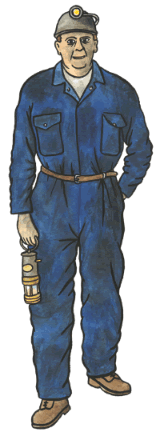Please click here for information about the project's funders and partners.
The project entitled Past is the Future aims to conserve and enhance the Dulais Valley’s diverse heritage by engaging communities and groups to identify, preserve and celebrate their heritage. It is hoped that the project will encourage the participation of people who have not been involved in heritage before, as well as increasing volunteering opportunities in developing and supporting a legacy for future generations.
The Dulais Valley lies north of Neath along the A4109 following the River Dulais. The valley incorporates the wards of Crynant, Seven Sisters, and Onllwyn and the nine communities of Crynant, Tre-Forgan, Nant-y-Cafn, Seven Sisters, Pantyfordd, Tynewydd, Onllwyn, Dyffryn Cellwen and Banwen.

The nine communities in the valley have a long history of coal mining, which means that the Valley has a rich cultural heritage with a strong community spirit.
We hope that our Heritage Trail Project will help to tell the story of the Dulais Valley.
 Katie
Millien was appointed as a
Community Heritage Officer to facilitate the
project between January 2008 and January 2011.
Katie
Millien was appointed as a
Community Heritage Officer to facilitate the
project between January 2008 and January 2011.
The project included the production of a bilingual Dulais Valley Heritage Trail booklet, the creation of this website and a portable heritage exhibition.
In the process of putting together the leaflet and website we involved and engaged the communities of the Dulais Valley. We visited local schools and asked them to contribute in designing their own heritage trails. We also asked local community groups and individuals to contribute their ideas, recollections and photographs of life in the Valley.
A series of workshops and Heritage Surgeries were held with the aim of gathering information on heritage sites in the Dulais Valley. The focus was not only on industrial heritage but also on social, cultural, environmental and physical heritage. The exercise involved collating information on a series of maps. Plotting sites of significant heritage interest using post it notes. Noting information including grid reference, name of site, class of site and any other notes or stories attached to the site.
The outcome of these Workshops has been the production of a Heritage Audit.